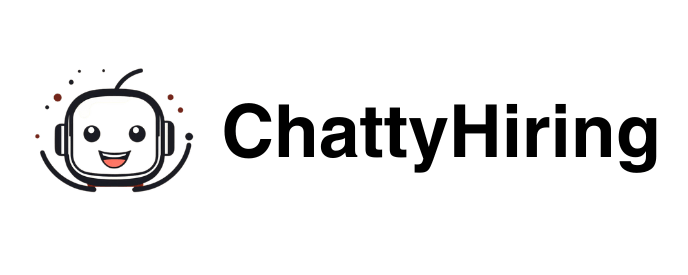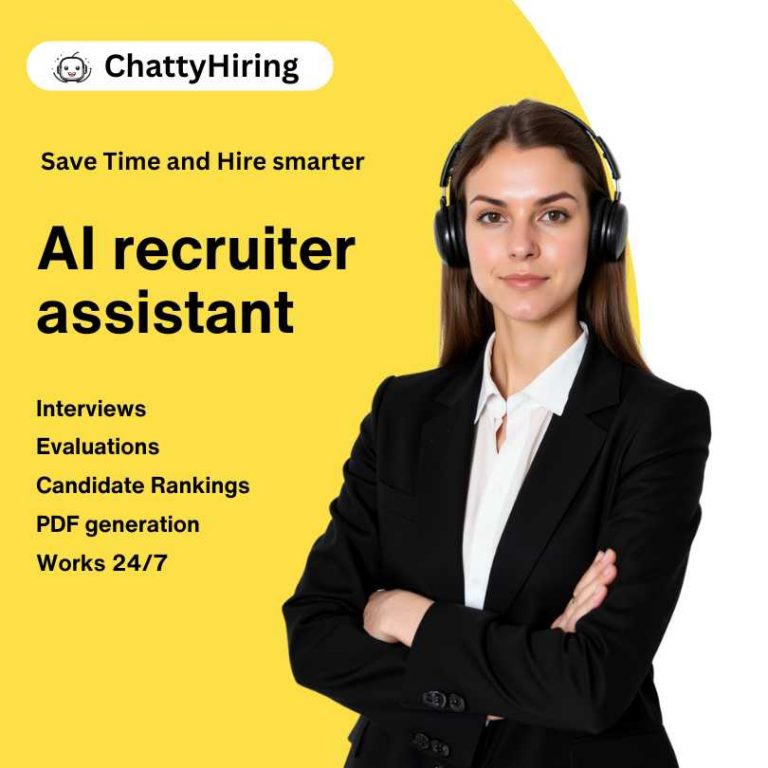Each organization has its unique culture, and implementing top strategies for recruiting employees is paramount to the type of talent that will bring value to the company. To begin this process, HR professionals must conduct a comprehensive analysis of the current workforce, identifying skill gaps and future needs.
This involves engaging with department heads and team leaders to gather insights on the competencies that are essential for achieving organizational objectives. By aligning recruitment strategies with the company’s vision, HR can ensure that new hires not only possess the necessary skills but also fit seamlessly into the existing team dynamics. Moreover, understanding your company’s needs extends beyond immediate hiring requirements.
It involves anticipating future trends and shifts in the industry that may impact talent acquisition. For instance, as technology continues to advance, organizations may require employees with expertise in emerging fields such as artificial intelligence or data analytics. By staying informed about industry developments and workforce trends, HR can proactively adjust their recruitment strategies to attract candidates who will drive innovation and growth.
Resources like HR Examiner provide valuable insights into these trends, helping organizations stay ahead of the curve.
Key Takeaways
- Understand your company’s specific hiring needs and the type of talent you are looking for
- Utilize social media and online platforms to reach a wider pool of potential candidates
- Create an attractive company culture and benefits package to attract top talent
- Consider utilizing recruitment best technologies to access specialized expertise
- Implement a thorough and efficient interview process to assess candidates effectively
Utilizing social media and online platforms to recruit employees
In today’s digital age, social media and online platforms have become indispensable tools for recruitment. These channels not only allow companies to reach a broader audience but also enable them to showcase their brand and culture effectively. Platforms like LinkedIn, Facebook, and Twitter provide opportunities for organizations to engage with potential candidates in a more informal setting, fostering relationships before the formal application process begins.
By sharing content that highlights company values, employee testimonials, and success stories, businesses can create a compelling narrative that attracts top talent. Additionally, leveraging online job boards and recruitment websites can significantly enhance visibility among job seekers. Websites such as Glassdoor and Indeed allow companies to post job openings while also providing insights into company culture through employee reviews.
This transparency can be a double-edged sword; while it offers candidates a glimpse into the organization, it also holds companies accountable for maintaining a positive work environment.
By actively managing their online presence and responding to feedback, organizations can build a strong employer brand that resonates with potential hires.
Creating an attractive company culture and benefits package
An attractive company culture is a significant draw for potential employees. Organizations that prioritize inclusivity, collaboration, and employee well-being are more likely to attract top talent. To cultivate such an environment, companies should actively seek feedback from employees about their experiences and perceptions of the workplace.
| Metrics | Data |
|---|---|
| Employee Satisfaction | 85% |
| Retention Rate | 90% |
| Number of Employee Benefits | 15 |
| Company Culture Rating | 4.5/5 |
This feedback can inform initiatives aimed at enhancing employee satisfaction and engagement, such as team-building activities or wellness programs. In addition to culture, a competitive benefits package is essential for attracting and retaining talent. Beyond standard offerings like health insurance and retirement plans, organizations should consider providing flexible work arrangements, professional development opportunities, and unique perks that align with employee interests.
For instance, companies might offer tuition reimbursement for further education or wellness stipends for gym memberships. By tailoring benefits to meet the diverse needs of their workforce, organizations can position themselves as employers of choice in a competitive job market.
Utilizing technology defines a top strategy for recruiting employees
Recruitment technology can be an invaluable partner in the talent acquisition process. These tools possess extensive know-how that can expedite the search for qualified candidates. Organizations can save time and resources while gaining access to a broader pool of talent with better quality.
This is particularly beneficial for strategies related with mass hiring or hard-to-fill positions or when seeking candidates with niche skills. Moreover, tools like AI agents often have the ability to interact with potential candidates, allowing them to present opportunities much faster than traditional manual engagement. They can also conduct preliminary screenings to ensure that only the most suitable candidates are accessible to the hiring teams.
This not only streamlines the hiring process but also enhances the quality of hires by ensuring that candidates align with both the technical requirements of the role and the cultural fit within the organization.
Offering competitive salaries and incentives
Compensation plays a critical role in attracting top talent. Organizations must conduct market research to ensure that their salary offerings are competitive within their industry and geographic location. This involves analyzing salary benchmarks and understanding what similar companies are offering for comparable roles.

By positioning themselves as competitive employers in terms of compensation, organizations can significantly enhance their appeal to prospective candidates. In addition to base salaries, offering performance-based incentives can further motivate potential hires. Bonuses tied to individual or team performance not only encourage productivity but also foster a sense of ownership among employees regarding their contributions to the organization’s success.
Furthermore, non-monetary incentives such as recognition programs or opportunities for advancement can enhance job satisfaction and retention rates.
Implementing a thorough and efficient interview process to recruit employees
A well-structured interview process is essential for identifying the right candidates while also providing a positive experience for applicants. Organizations should develop clear criteria for evaluating candidates based on both technical skills and cultural fit. This may involve creating standardized interview questions that assess competencies relevant to the role while allowing room for flexibility based on individual responses.
Efficiency is equally important in the interview process. Lengthy hiring timelines can deter top talent from pursuing opportunities within an organization. To streamline this process, companies should aim to minimize unnecessary steps while ensuring thorough evaluations are conducted.
Utilizing technology such as applicant tracking systems can help manage candidate information efficiently and facilitate communication between hiring teams.
In conclusion, effective talent acquisition requires a multifaceted approach that encompasses understanding company needs, leveraging technology, fostering employee engagement, and investing in ongoing development. By implementing these strategies thoughtfully, organizations can build strong teams that drive success in an increasingly competitive landscape. For further insights on enhancing recruitment strategies, resources like Talent Culture offer valuable perspectives on best practices in HR technology and talent management.
If you are looking for innovative ways to recruit employees, you may want to check out the article on voice feature on ChattyHiring. This feature could revolutionize the way you interact with potential candidates and streamline the recruitment process. Additionally, you may also be interested in reading about how ChatGPT is being used for recruiting in the article ChatGPT recruiting. These cutting-edge technologies are changing the game in the HR industry and could help you attract top talent to your organization.
FAQs
What are the best ways to recruit employees?
Some of the best ways to recruit employees include using job boards, social media, employee referrals, and working with recruitment agencies.
How can job boards help in recruiting employees?
Job boards are online platforms where employers can post job openings and candidates can search for and apply to these positions. They are a popular and effective way to reach a large pool of potential candidates.
How can social media be used for recruiting employees?
Social media platforms such as LinkedIn, Facebook, and Twitter can be used to promote job openings, engage with potential candidates, and showcase company culture. They are a great way to reach passive job seekers and build a strong employer brand.
What is the role of employee referrals in the recruitment process?
Employee referrals involve current employees recommending candidates for open positions within the company. This method is often effective as employees are likely to refer individuals who they believe will be a good fit for the company culture.
How can technology help in the hiring process?
Technology like AI can specialize in screening and interviewing candidates for job openings. This can help source, screen, and present qualified candidates to talent teams, saving time and effort in the hiring process.
-

A passionate advocate for the future of HR innovation. With expertise in leveraging AI to revolutionize recruitment processes, Carlos has a clear vision: empower HR teams while creating meaningful candidate experiences.
View all posts





